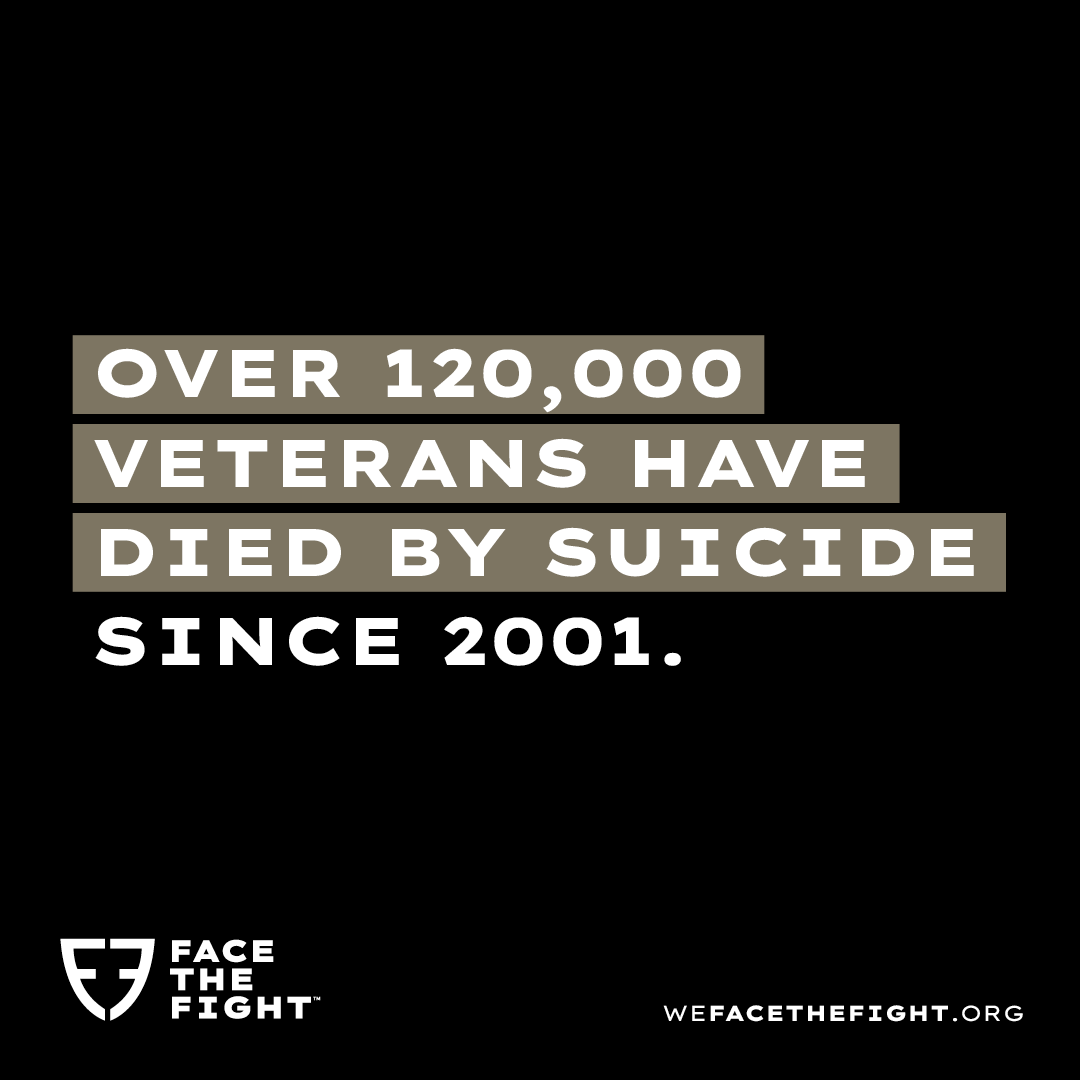
by Leigh Beeson
A new study found that #mentalhealthproblems, life stressors and recent legal issues were more common among #suicides related to intimate partner problems. (Illustration by Lisa Robbins)
20% of #suicides between 2003 and 2020 were related to issues like breakups, conflict, #divorce
One in five #suicides involved intimate partner problems, according to a new study from the #CentersforDiseaseControlandPrevention and the University of Georgia.
Published in the #American Journal of Preventive Medicine, the study found that #mentalhealthproblems; life stressors, such as unemployment and family problems; and recent legal issues were more common among #suicides related to intimate partner problems. Intimate partner problems include divorce, separation, romantic breakups, arguments, conflict and intimate partner violence.
By sharing resources for seeking help, we send a strong message that every life has value, there is hope, and that seeking help is a sign of strength.” —Ayana Stanley, #CDC
“I think people hear the term intimate partner problems and go straight to intimate partner violence. That is a component of intimate partner problems, but it’s not just about violence,” said Lt. Cmdr. Ayana Stanley, lead author of the study, which grew out of her doctoral research at UGA’s College of Public Health. Stanley is a U.S. public health service officer and program coordinator in CDC’s Division of Violence Prevention.
“Romantic partners experience other kinds of relationship stressors, such as general hostility, arguments and jealousy,” she said. “By sharing resources for seeking help, we send a strong message that every life has value, there is hope, and that seeking help is a sign of strength.”
The #suicides that did not involve intimate partner problems were more likely to involve individuals who were older on average. And those #suicides were more likely to be preceded by physical health problems or crime, such as the person being involved with drug dealing or robbery.
#James Donaldson notes:
Welcome to the “next chapter” of my life… being a voice and an advocate for #mentalhealthawarenessandsuicideprevention, especially pertaining to our younger generation of students and student-athletes.
Getting men to speak up and reach out for help and assistance is one of my passions. Us men need to not suffer in silence or drown our sorrows in alcohol, hang out at bars and strip joints, or get involved with drug use.
Having gone through a recent bout of #depression and #suicidalthoughts myself, I realize now, that I can make a huge difference in the lives of so many by sharing my story, and by sharing various resources I come across as I work in this space. #http://bit.ly/JamesMentalHealthArticle
Find out more about the work I do on my 501c3 non-profit foundation website www.yourgiftoflife.org
Order your copy of James Donaldson’s latest book,
#CelebratingYourGiftofLife:
From The Verge of Suicide to a Life of Purpose and Joy

www.celebratingyourgiftoflife.com
#Suicide is a leading cause of death among #Americans
#Suicide is one of the leading causes of death in the #UnitedStates, with more than 48,000 #Americans dying by #suicide in 2021, according to the #CDC.
That’s about one death every 11 minutes.
While previous research has shown a connection between #suicides and intimate partner problems, the present study is the first to use data from 48 states; Washington, D.C.; and Puerto Rico to examine factors that were associated with intimate partner problem-related #suicides.
The study analyzed data from #CDC’s National Violent Death Reporting System.
The database links information about the “who, when, where and how” from all types of violent deaths across 48 states (plus incomplete data from the remaining states) and provides insights into why they occurred.
It also includes law enforcement interviews with family members, friends and others who knew the victim, in addition to medical examiner reports, death certificates and toxicology reports.
#Mentalhealth problems common
The researchers examined 18 factors organized into three broad categories: health-related issues, for example whether the deceased was experiencing #mentalhealthproblems or #substancemisuse; life stressors, including the #suicide of a friend or family member, #financial problems, and interpersonal violence as either the victim or abuser; and recent serious crimes or legal problems that may have contributed to the #suicide.
Of the 402,391 #suicides of #Americans aged 18 years and older during the study period, 20% involved intimate partner problems. Almost half of those individuals were between the ages of 25 and 44. The majority were #white and #male with at least a #highschool education.
Understanding the precipitating factors to #suicide is key. They give us an idea of what we can do in terms of prevention.” —Pamela Orpinas, College of Public Health
These individuals were also significantly more likely to experience #mentalhealthproblems than those whose #suicides did not involve intimate partner problems. #Suicides involving intimate partner problems were also more likely to involve interpersonal violence perpetration and victimization, arguments, #financial problems, job problems, family problems and recent legal problems.
Individuals whose #suicide did not involve intimate partner problems averaged around age 45. However, 15% of them were 65 or older. #Black individuals, #women, those with less than a #highschool education and unmarried individuals were significantly more common in this group as well.
Pamela Orpinas is a professor of health promotion and #behavior at UGA’s College of Public Health.
“Understanding the precipitating factors to #suicide is key,” said Pamela Orpinas, co-author of the study and a professor in UGA’s College of Public Health. “They give us an idea of what we can do in terms of prevention.”
Systemic change needed to reduce risk factors
#CDC has published a number of resources that can help address the many factors associated with #suicide.
These resources can help prevent #suiciderisk in the first place as well as programs, policies and practices that can help people who may be thinking about #suicide or who have attempted. These resources include the #SuicidePrevention Resource for Action, a compilation of the best available evidence, and other resources on #suicideprevention, #mentalhealth and intimate partner violence prevention.
The researchers also suggest upstream, systemic changes that could reduce certain risk factors such as lack of housing and income instability.
“Programs that strengthen economic support can potentially reduce the risk of intimate partner problem-related #suicides,” the study said. “Strengthening household #financial security by providing unemployment benefits, temporary assistance, livable wages, medical benefits, and retirement and disability insurance … could both reduce tension in an intimate partner relationship and buffer the risk of #suicide.”
The study was co-authored by Tatiana Aguilar of the University of North Carolina Chapel Hill and Kristin Holland of CDC’s Division of Violence Prevention.
Media are encouraged to review the Recommendations for Reporting on #Suicide and link to information about the #988Suicide&CrisisLifeline in their reporting.

James Donaldson is a Washington State University graduate (’79). After an outstanding basketball career with WSU, he went on to play professional basketball in the NBA with the Seattle Supersonics, San Diego/L.A. Clippers, Dallas Mavericks, New York Knicks, and Utah Jazz. He also played for several teams in the European Leagues in Spain, Italy, and Greece, and he toured with The Harlem Globetrotters to wrap up his career. James was an NBA All-Star in 1988 while playing center for the Dallas Mavericks. In 2006, James was inducted into the Pac-10 Sports Hall of Fame and also the Washington State University Athletic Hall of Fame. In 2010, James was elected as a board member for the NBA Retired Players Association.
James frequently conducts speaking engagements (motivational, inspirational, educational) for organizations, schools, and youth groups.
In 2010, James was the recipient of the NBA Legends of Basketball ABC Award, awarded for outstanding contributions in Athletics–Business–Community.
He believes in being a role model for success and professionalism to the scores of young people to whom he devotes so much of his time. He currently serves on several boards and committees and is a member of many organizations.
James believes in developing relationships that create a “Win-Win” environment for everyone involved, and in being the best he can be!
For more information about James Donaldson or to request he speak at your event, contact him at:
www.StandingAboveTheCrowd.com
JamesD@StandingAboveTheCrowd.com
1-800-745-3161 (voicemail & fax)
James Donaldson is the author of “Standing Above The Crowd” and “Celebrating Your Gift of Life” and founder of the Your Gift of Life Foundation which focuses on mental health awareness and suicide prevention, especially pertaining to our school aged children and men.
If you’re interested in having James come and speak to your group of young adults, business entrepreneurs, aspiring political and community leaders, and athletic teams, please contact him at jamesd@yourgiftoflife.org and or leave a personal message for him at 1-800-745-3161. Keep up with him and read about how he is reaching out and making a difference in the lives of so many around the world at www.yourgiftoflife.org




